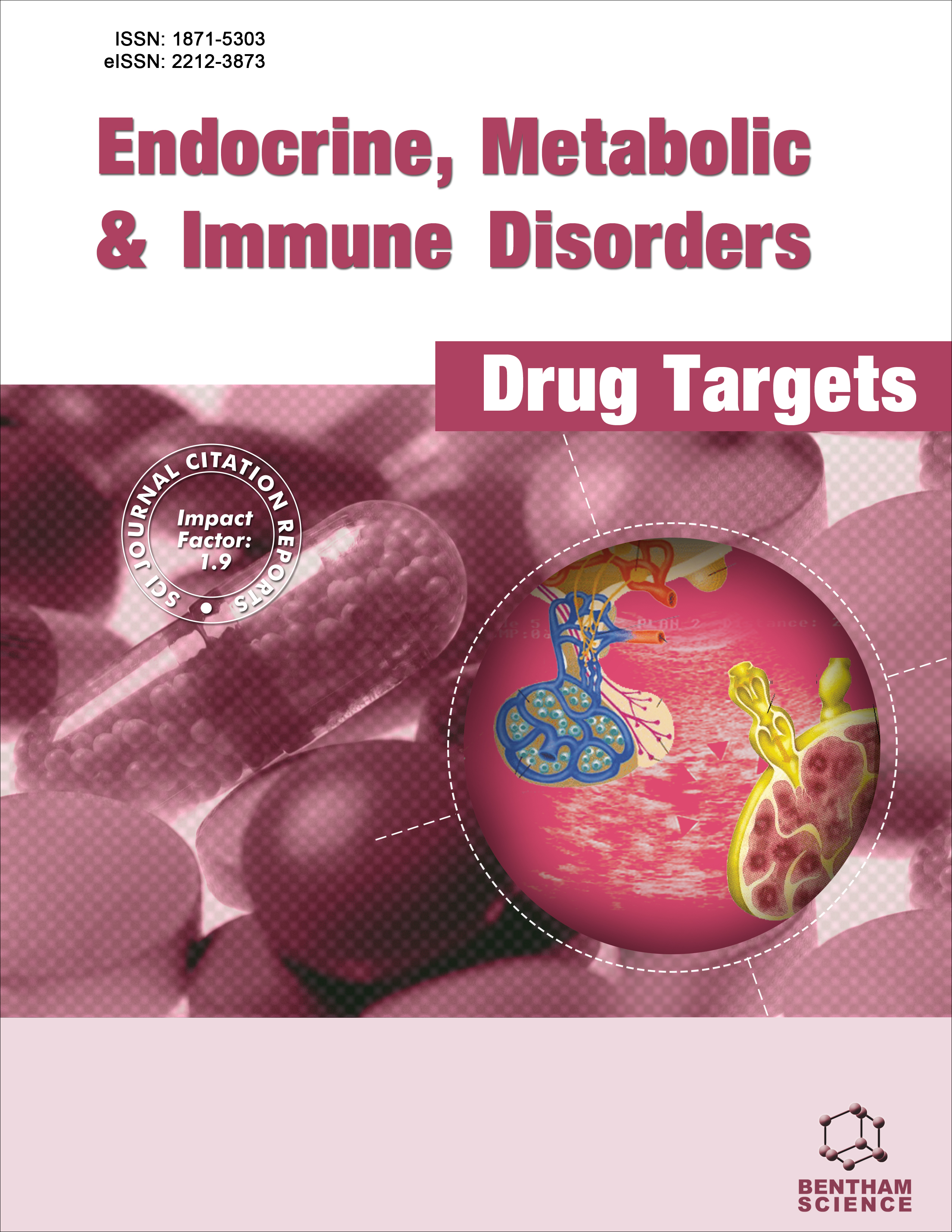
Full text loading...
We use cookies to track usage and preferences.I Understand
One important phytochemical is naringenin, which belongs to the flavanone class of polyphenols. It is found in citrus fruits, such as grapefruits, but it can also be found in tomatoes, cherries, and other food-grade medicinal plants. Naringenin has a significant chemotherapeutic promise, as several investigations have conclusively shown. Therefore, the goal of this review is to synthesize the literature that has been done on naringenin as a possible anti-cancer agent and clarify the mechanisms of action that have been described in treatment plans for different kinds of cancer. In a variety of cancer cells, naringenin works by affecting several pathways associated with cell cycle arrest, anti-metastasis, apoptosis, anti-angiogenesis, and DNA repair. It has been shown to alter several molecular targets linked to the development of cancer, such as drug transporters, transcription factors, reactive nitrogen species, reactive oxygen species, cellular kinases, and inflammatory cytokines and regulators of the cell cycle. In summary, this research provides significant insights into the potential of naringenin as a strong and prospective candidate for use in medicines, nutraceuticals, functional foods, and dietary supplements to improve the management of carcinoma.

Article metrics loading...

Full text loading...
References


Data & Media loading...

